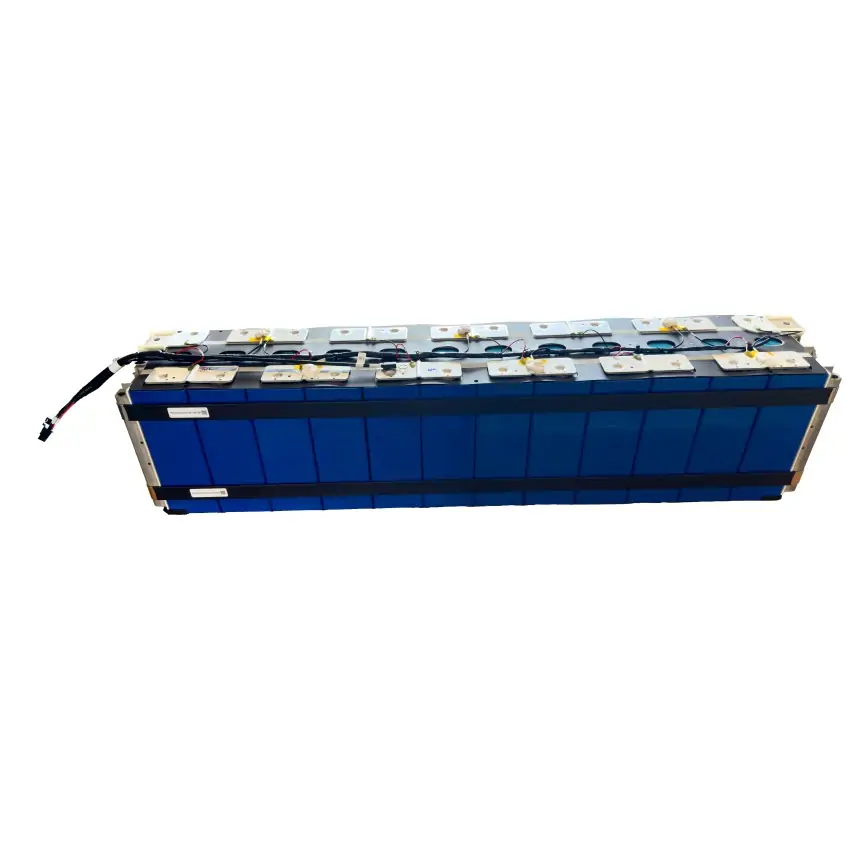DIY LiFePO4 Car Battery: A Complete Guide

Creating a DIY LiFePO4 car battery is an excellent way to save money and customize your energy system. In this guide, we provide a detailed walkthrough to help you craft a safe, efficient, and high-performance battery tailored to your vehicle's needs. Let’s dive into the essentials, from preparation to assembly and safety tips.
What You Need to Know Before Starting Your DIY LiFePO4 Battery
Before jumping into the process, it’s crucial to understand the technical requirements and safety considerations. Here are key factors to consider:
1. Understand Your Vehicle's Specifications
- Voltage System: Identify whether your car uses a 12V, 24V, or other system.
- Current Battery Type: Note the existing battery type (lead-acid, AGM) and specifications, such as voltage and capacity (Ah).
- Space & Weight: Measure the battery compartment’s dimensions and weight limits.
2. Define Battery Requirements
- Capacity (Ah): Calculate your vehicle’s power needs based on usage.
- Discharge Rate: Consider the peak discharge rate needed for starters or performance components.
- Cycle Life: Research the cycle life of LiFePO4 cells to ensure longevity.
3. Battery Configuration
- Series vs. Parallel: Determine the cell arrangement (e.g., 4S for 12V) and decide if parallel connections are required for more capacity.
- Matching Cells: Use identical cells (brand, age, and model) for consistency.
- Features: Select a BMS with overcharge, over-discharge, and short-circuit protection.
- Monitoring: Consider a system that supports real-time monitoring of temperature, voltage, and current.
5. Charging System
- Use chargers specifically designed for LiFePO4 batteries, with a compatible voltage and capacity.
6. Safety and Compliance
- Check local regulations for vehicle battery modifications.
- Use protective components, such as fuses, to prevent overcurrent.
Step-by-Step Process to DIY a LiFePO4 Car Battery
1. Prepare Materials and Tools
You’ll need:
- LiFePO4 cells
- A compatible BMS
- Stainless steel battery case
- Heat shrink wrap
- Insulated wiring
- Soldering equipment
- Multimeter
2. Assemble the Battery Pack
- Organize the Cells: Arrange cells in series or parallel to match your desired voltage and capacity. For example:
- A 12V system requires 4 cells in series (4S).
- For a 48V 20Ah pack, use 16 cells in series and 7 strings in parallel (16S7P).
- Ensure Insulation: Use spacers and tape to separate cells and prevent short circuits.
- Connect Cells: Weld or solder the terminals according to the configuration, ensuring secure and insulated connections.
3. Integrate the BMS
- Attach the BMS to the battery pack. Connect each wire to the appropriate cell terminal, starting with the negative side.
- Ensure the BMS supports balance charging to maintain cell voltage levels.
4. Secure the Battery
- Use heat shrink wrap to insulate the entire battery pack.
- Mount the pack securely in a stainless steel box or the vehicle compartment.
Factory Method: How LiFePO4 Cells Are Made
Understanding how cells are manufactured helps in selecting high-quality components. Here's the simplified process:
- Raw Material Preparation: Active materials are mixed into a slurry.
- Coating: The slurry is applied to electrode sheets and dried.
- Pressing: Sheets are pressed to compact the material.
- Assembly: Positive, negative electrodes, and separators are stacked.
- Electrolyte Injection: Electrolyte is added, and the cells are sealed.
- Formation: Cells undergo initial charging and testing for performance.
- Sorting: Batteries are graded based on capacity.
Safety Tips for DIY LiFePO4 Batteries
Safety is paramount when working with LiFePO4 batteries. Follow these precautions:
1. Use High-Quality Components
- Choose trusted brands for cells and certified BMS systems.
2. Work in a Safe Environment
- Ensure proper ventilation.
- Keep a fire extinguisher nearby.
3. Wear Protective Gear
- Safety goggles and insulated gloves are essential.
4. Handle with Care
- Avoid short circuits and ensure all connections are tight.
5. Monitor Charging
- Use LiFePO4-compatible chargers.
- Monitor the battery during charging to prevent overheating.
6. Regular Maintenance
- Periodically inspect connections and balance the cells.
DIY Tips for Long-Term Success
- Testing: Measure voltage with a multimeter after installation. The output should exceed the nominal voltage slightly (e.g., 13-14V for a 12V system).
- Storage: Store the battery at 40-60% charge in a cool, dry place.
- Troubleshooting: If performance drops, check for loose connections or imbalanced cells.
Conclusion
Building a DIY LiFePO4 car battery requires careful planning, high-quality components, and strict adherence to safety guidelines. By following this guide, you can create a reliable, long-lasting energy solution tailored to your vehicle's needs. Always prioritize safety and proper maintenance to ensure optimal performance.
Edit by paco


